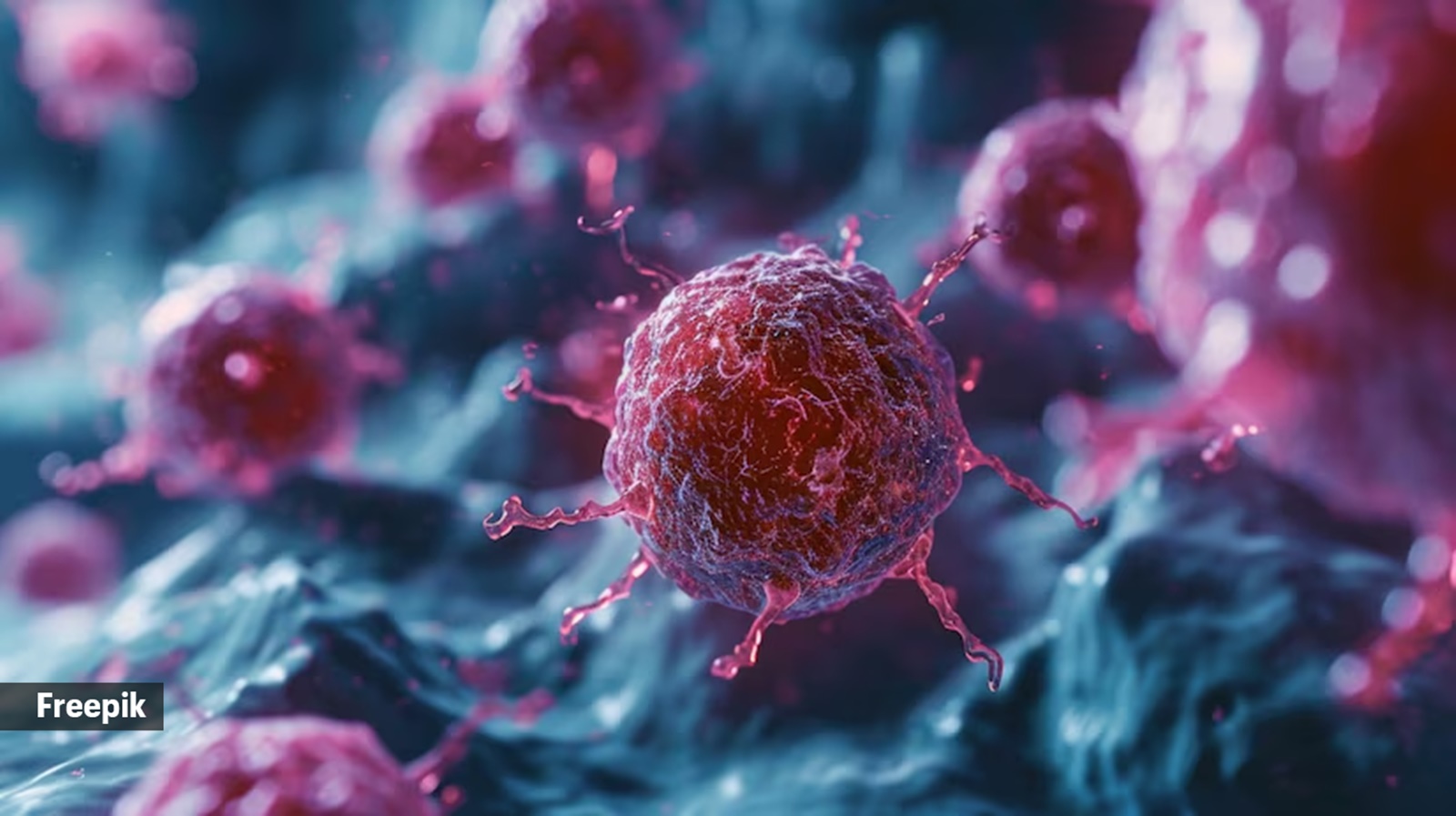In a groundbreaking development, researchers have unveiled a new artificial intelligence system capable of detecting 13 types of deadly cancers with an astonishing 98 percent accuracy from tissue samples.
They collectively developed both binary and multiclass machine learning models to identify multiple cancer types from non-cancerous tissue samples. During their research, they observed changes in these DNA marks in early cancer development and identified “13 different cancer types from non-cancerous tissue with 98.2% accuracy.”
This remarkable advancement in medical technology marks a significant milestone in the field of oncology and has the potential to Revolutionize cancer diagnosis and treatment.
Kalyan Sivasailam, co-founder and CEO of 5C Network, says, “The integration of advanced AI (Artificial Intelligence) technologies into cancer diagnostics holds immense potential for improving diagnostic accuracy, personalizing treatment plans, and ultimately enhancing patient outcomes. However, careful consideration of ethical, regulatory, and practical challenges is necessary to ensure safe and effective deployment in clinical settings.”

Key technological advancements that have enabled this AI to achieve such high accuracy
Sivasailam explains, “The AI leverages deep learning, particularly convolutional neural networks (CNNs), which are highly effective in image recognition tasks. These networks can learn complex patterns and features from large datasets of labeled medical imaging scans.”
Utilizing pre-trained models that have been fine-tuned with specific cancer datasets allows for enhanced accuracy. This approach benefits from the general features learned from extensive datasets and adapts them to specific cancer detection tasks.
ViTs or Vision Transformers represent a novel approach in the AI field, enabling multi-modal AI capabilities, he says. “By integrating images with additional data like patient demographics and prior health records, ViTs provide a more comprehensive understanding of the patient’s condition, leading to better diagnostic insights.”
 Clinicians and radiologists need to be trained to effectively use AI tools. (Source: Freepik)
Clinicians and radiologists need to be trained to effectively use AI tools. (Source: Freepik)
Impact of this technology on prognosis and treatment plans
According to Sivasailam, “Autonomous systems that take care of most of the work flawlessly allow radiologists to focus on cases such as complex surgery and transplant cases that require a lot of communication. Radiologists are not burned out by the volume of scans and can focus on work that requires their expertise, while AI doesn’t get tired.”
Additionally high accuracy in detecting multiple types of cancer can lead to earlier diagnosis, he says, which is often critical for successful treatment outcomes. Early detection can significantly improve prognosis and survival rates.
AI can also iidentify specific cancer sub-types and genetic markersenabling personalized treatment plans that are tailored to the individual characteristics of each patient’s cancer.
He continues, “AI-generated reports can provide detailed insights into the extent and nature of cancer, aiding oncologists in developing precise treatment plans. This includes information on tumor size, grade, and potential spread. AI can be used to monitor treatment responses by analyzing follow-up medical scans, allowing for adjustments to treatment plans based on real-time data.”
By providing a second opinion and reducing the risk of human error, Sivasailam informs, AI can increase the reliability of diagnoses and treatment decisions. “AI can help prioritize cases based on severity, ensuring that patients who need urgent care receive timely attention, thereby improving overall healthcare efficiency.”
Integration into clinical workflows and potential challenges
AI tools can be integrated into existing radiology workflows by incorporating AI analysis into the routine scanning and review process. Radiologists can use AI as a decision support tool, providing preliminary analysis and highlighting areas of concern for further review.
Potential Challenges
Validation and Standardisation: Ensuring that AI models are validated across different populations and clinical settings is critical. Standardizing these tools to work with various imaging equipment and protocols is also necessary.
Integration with Electronic Health Records (EHR): Seamless integration with EHR systems is essential to ensure that AI-generated reports and insights are easily accessible and actionable by clinicians.
Training and Adoption: Clinicians and radiologists need to be trained to effectively use AI tools. There might be resistance to adopting new technologies due to the learning curve and perceived threats to professional autonomy.
